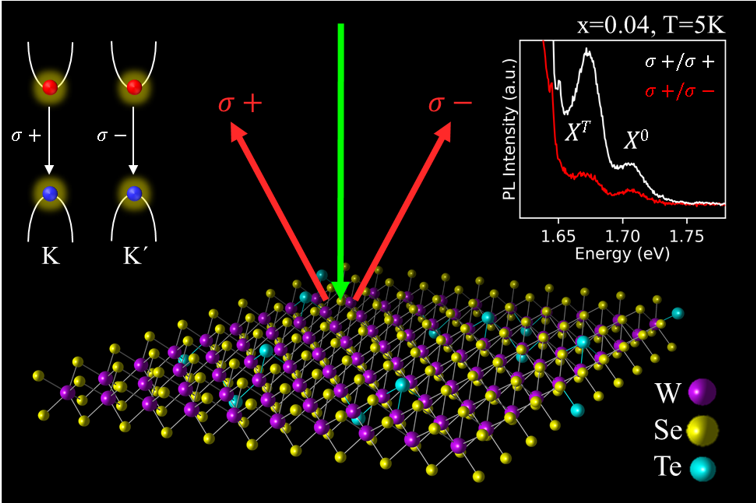QSEC members Dr. Igor Mazin, Dr. Karen Sauer and student Jaafar Ansari have recently published their collaborative work of DFT-based EFG calculation, Density functional theory-based electric field gradient database, doi:10.1038/s41597-020-00707-8, on Scientific Data.


